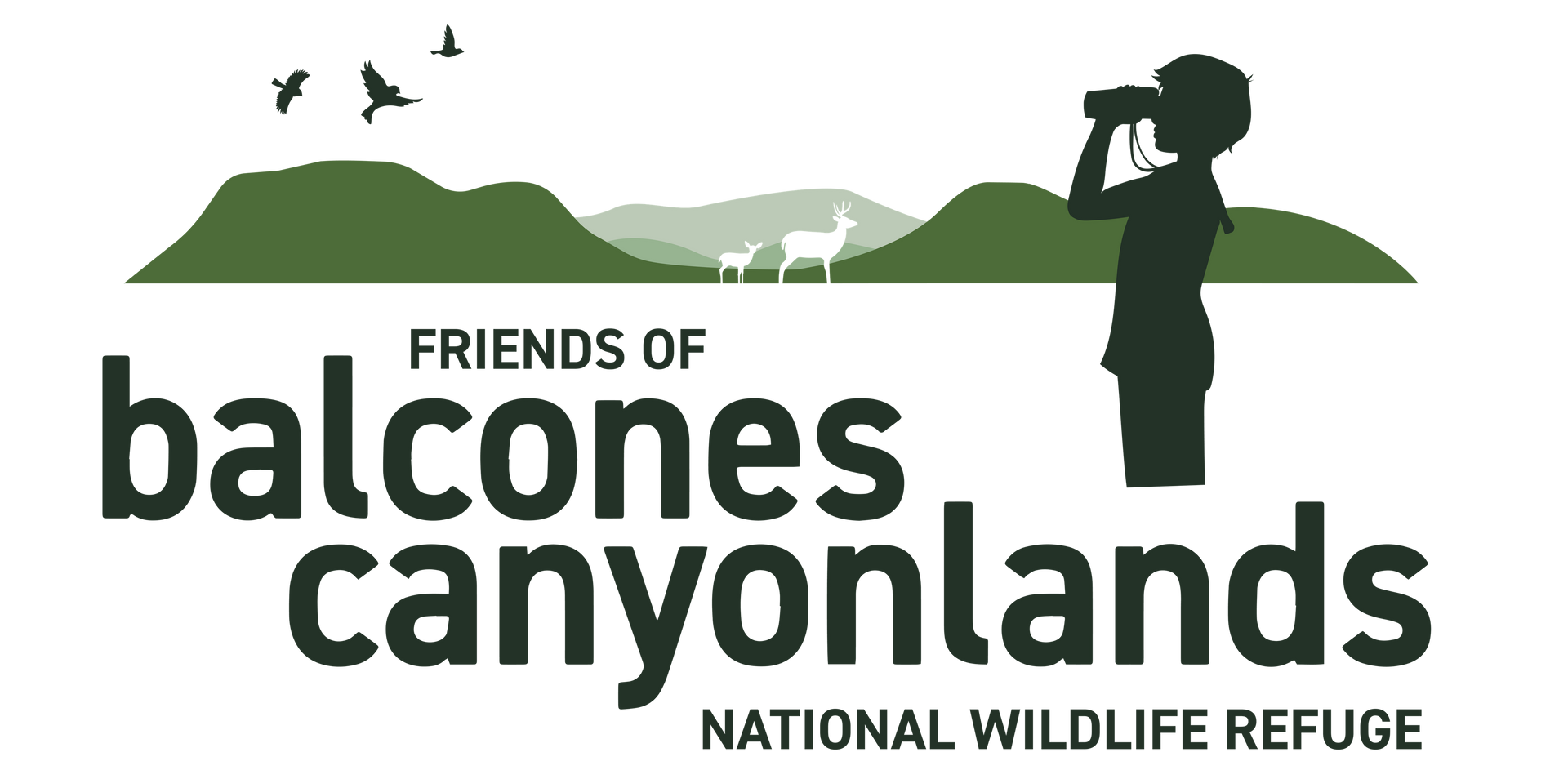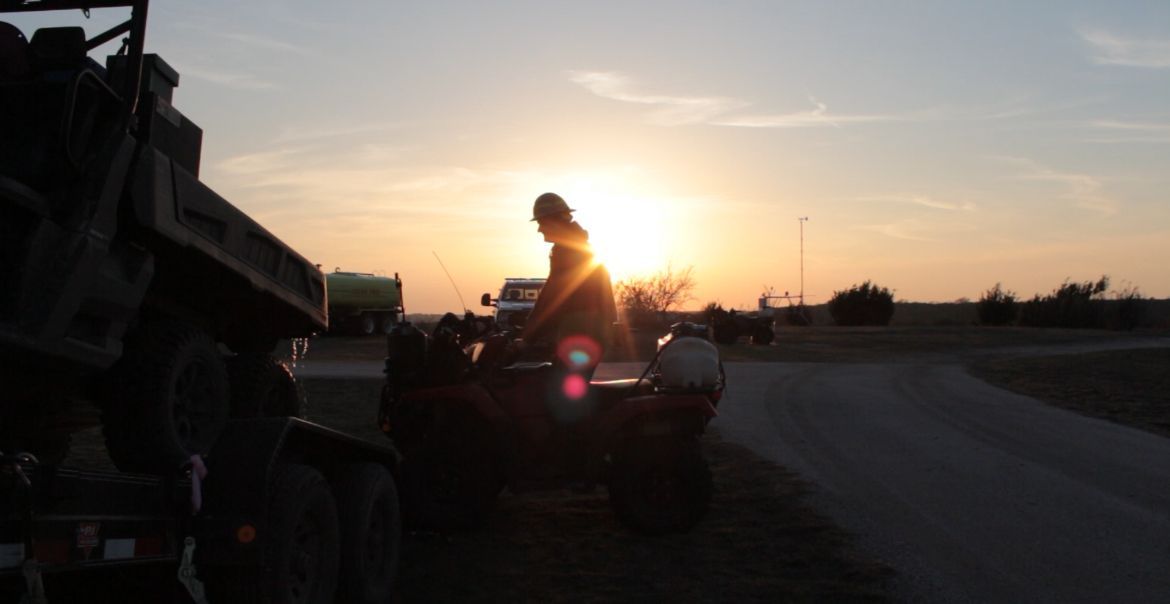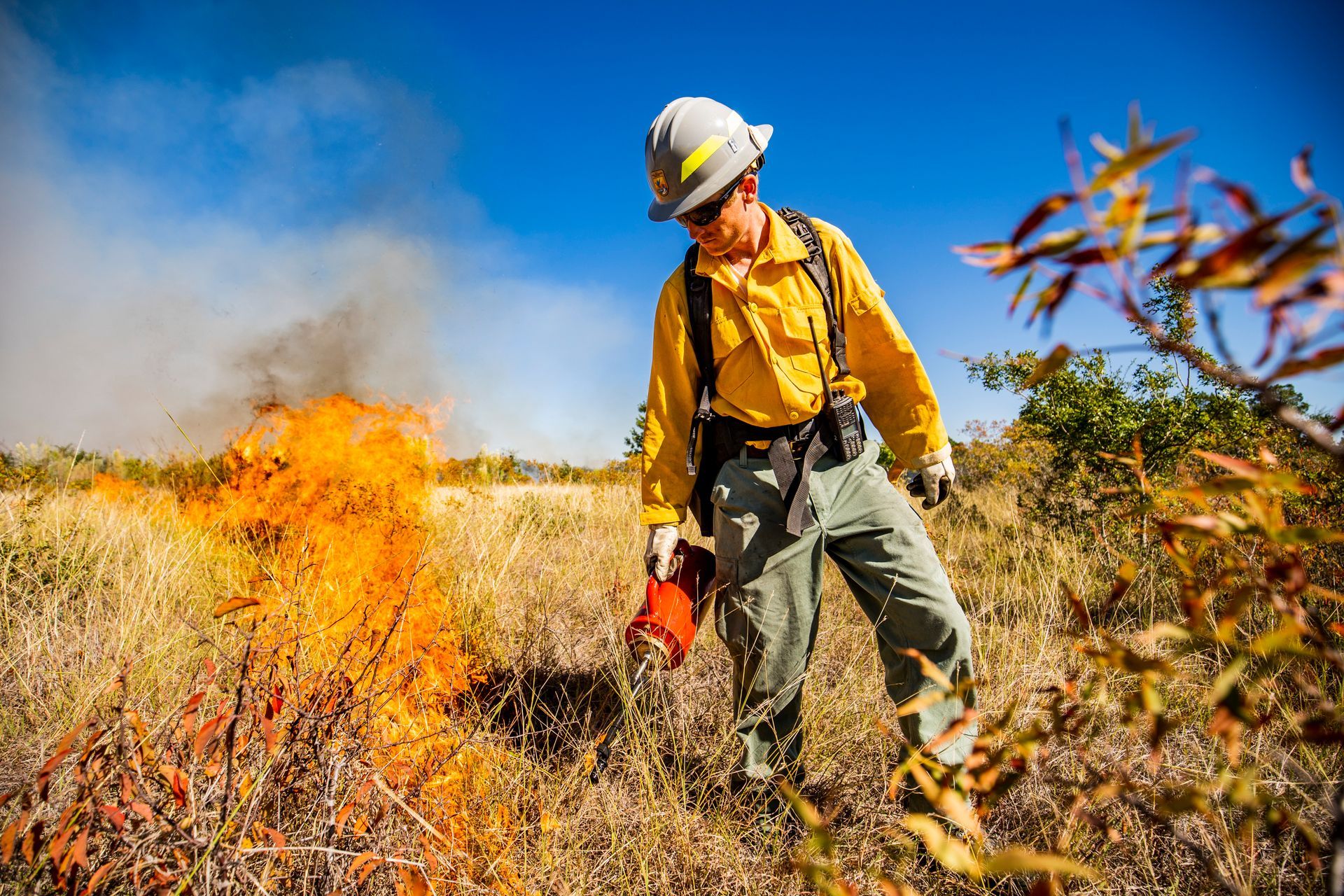Nearby Nature!
Get to Know and Experience Balcones Canyonlands NWR!
New Accessible Nature Trail At Shin Oak Observation Deck
Thanks in large part to community support, specifically from the Friends of Balcones Canyonlands, The Lago Vista Women's Club and the Good Water Master Naturalist Chapter, the Shin Oak Observation Deck now includes a short loop trail. The trail is flat and accessible and will take visitors through scrub oaks - a favorite for the black-capped vireo. The Grand Opening Celebration will be announced soon!
Exploring Nature: The Guided Hike Program
The Guided Hike Program at Balcones Canyonlands is a cornerstone of the refuge’s educational outreach, aiming to foster a deeper appreciation for the natural world and the conservation efforts that protect it. Each hike is led by knowledgeable volunteer guides who are passionate about the refuge and its inhabitants. These guides share their expertise on local flora and fauna, the geology of the Hill Country, and the ongoing conservation projects that are vital to preserving this unique landscape.
The success of the Guided Hike Program is largely due to the dedication of its volunteers. These passionate individuals undergo training to become certified hike leaders, equipping them with the knowledge and skills needed to lead informative and engaging hikes. The program also fosters a sense of community, bringing together people who share a love for nature and a commitment to conservation.
As the Guided Hike Program continues to grow, Balcones Canyonlands National Wildlife Refuge is seeking new volunteers to join the next cohort of guided hike leaders. If you have a passion for the outdoors, a desire to share your knowledge, and a commitment to conservation, we invite you to apply. Volunteering as a hike leader is a rewarding way to give back to the community and make a positive impact on the environment.
Upcoming Events
441 Acres added to refuge
Balcones Canyonlands NWR with help from the Friends and The Conservation Fund recently added 441 acres of priority nesting habitat for grassland birds and the black-capped vireo via acquisition. This addition helps establish a connection between disjunct refuge tracts, creating a 5,000-acre contiguous block of important migratory and songbird habitat, including for the endangered golden-cheeked warbler. This tract also contains unique karst sinkholes, springs, and intermittent stream habitats and supports numerous species of resident birds and other wildlife, such as reptiles, amphibians, and mammals. Your Donations make conserving more land in the Texas Hill Country a reality.






